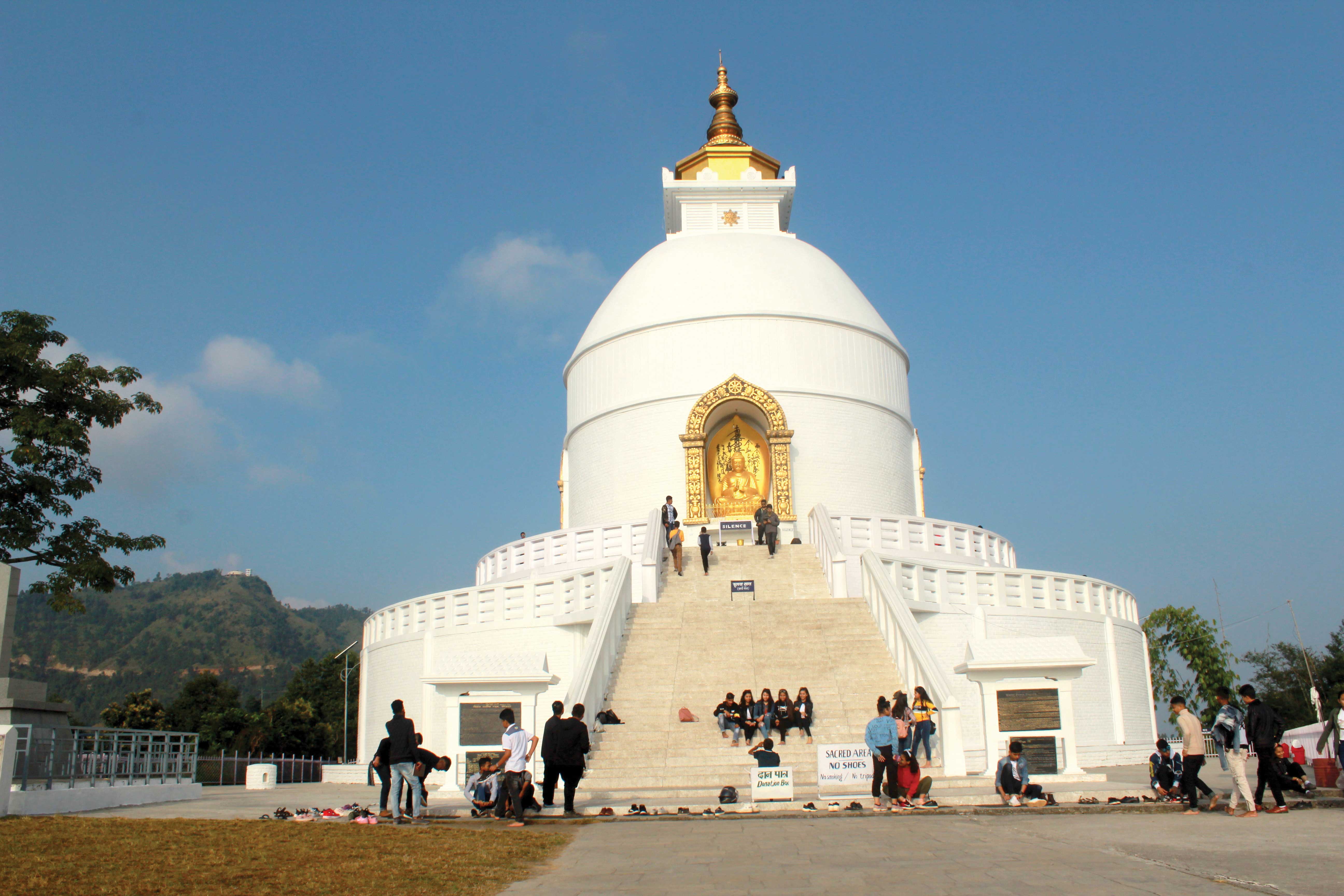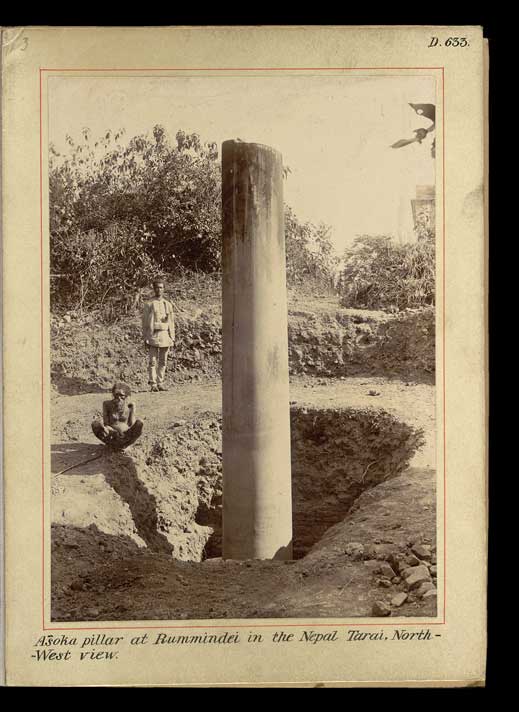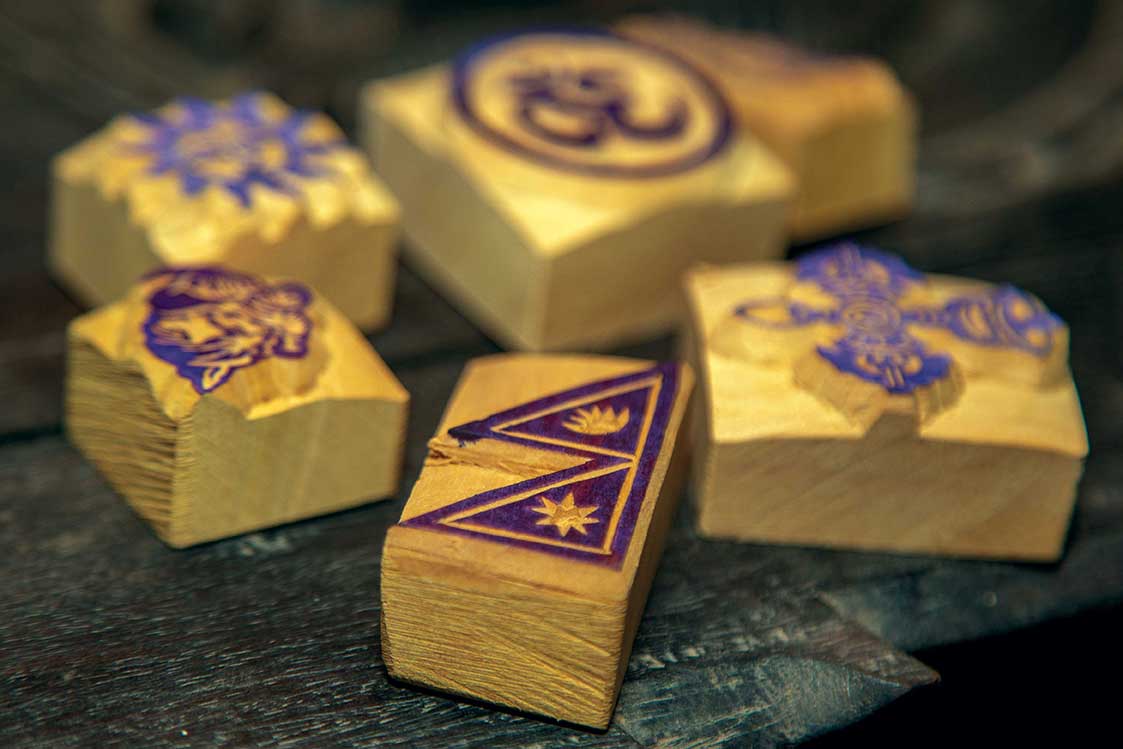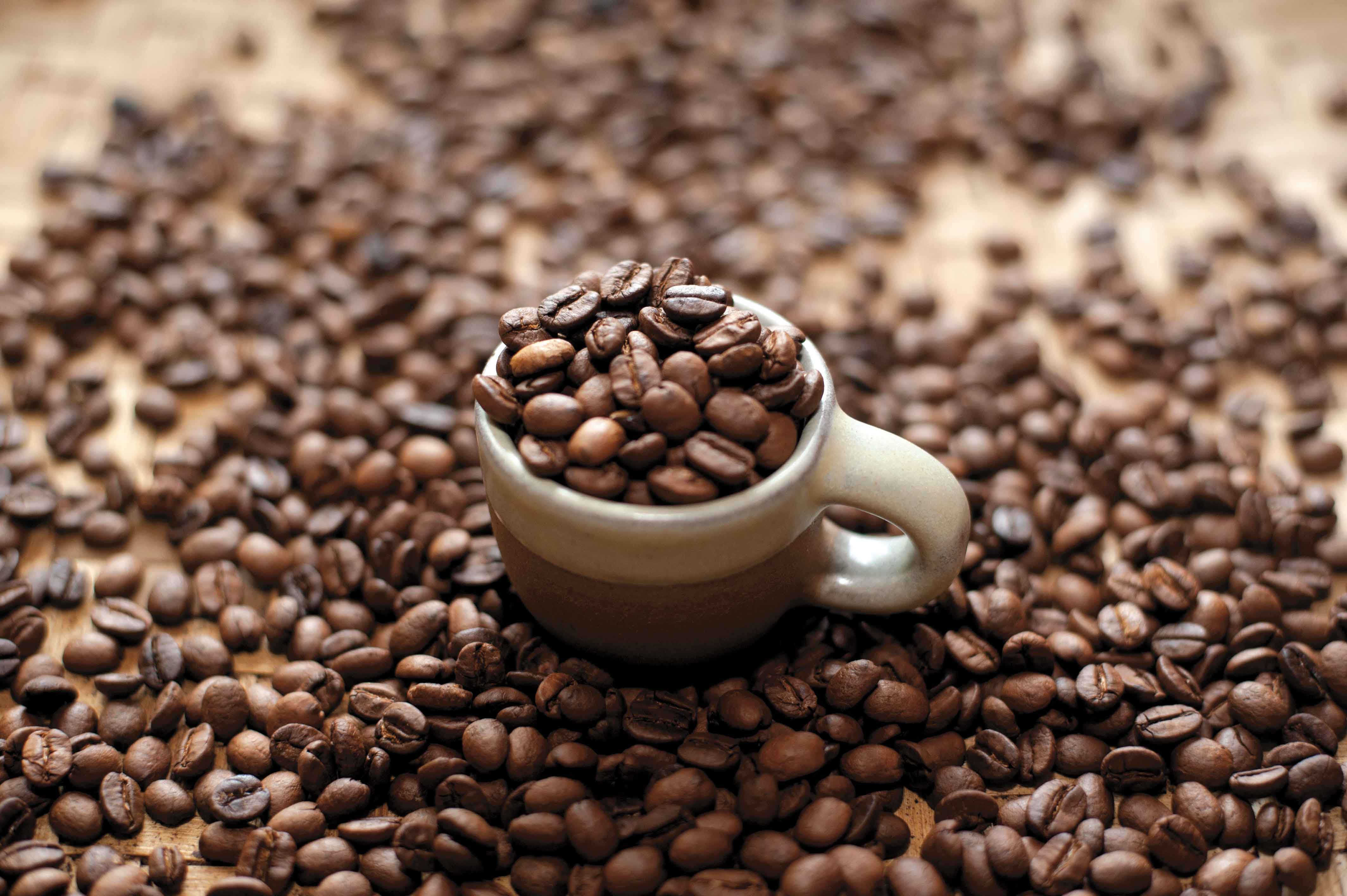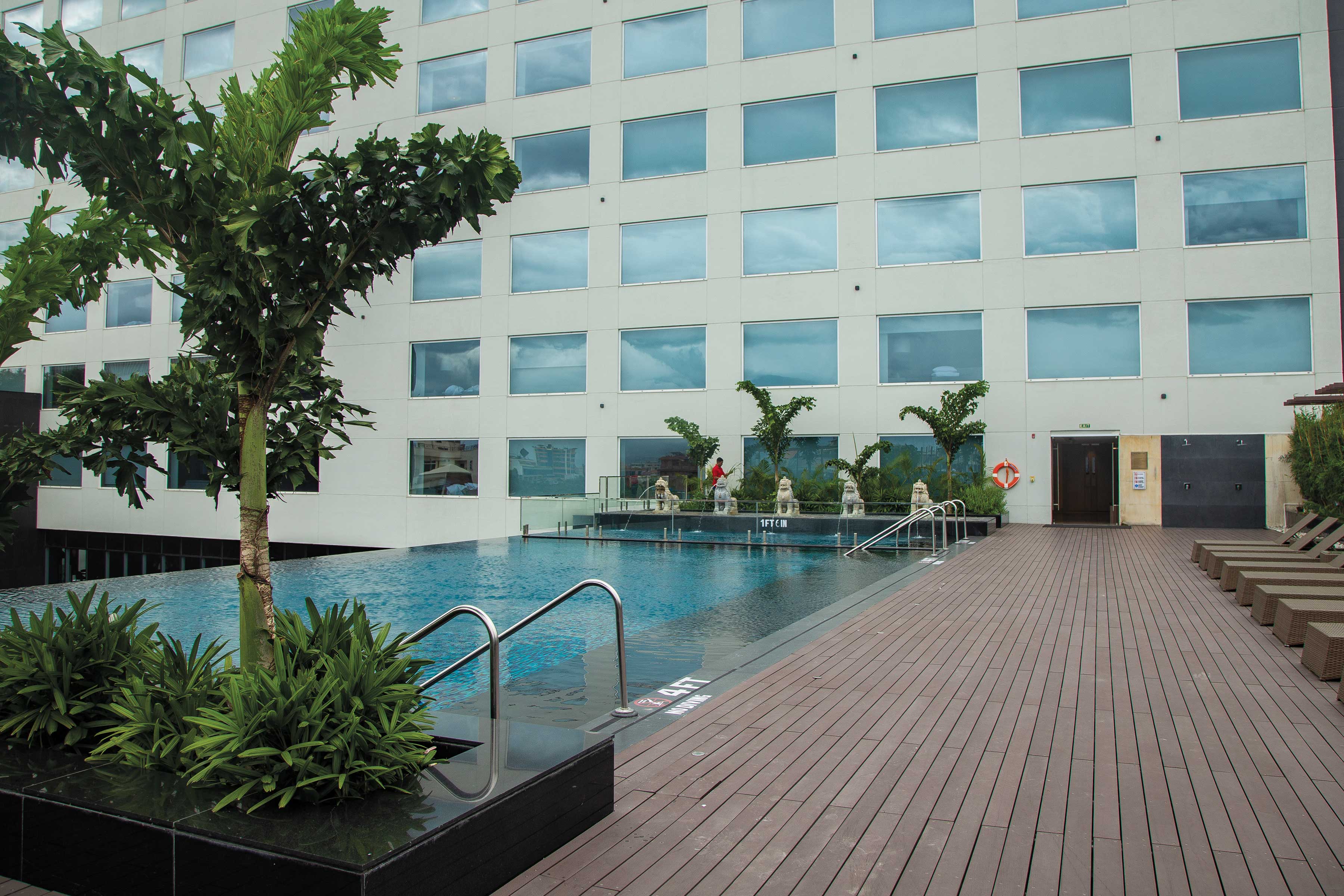chhyang jibla gaa nor habla gaa (Lust for chhyang is unlimited, Lust for wealth is unlimited)
Nepal is known for its exotic and unrestricted combo of eating and drinking like no other cuisine on earth with a misconception that it is complex, delicious and devilishly hard to make. This is because most Nepali recipes are written in one's mind and not on paper. Based on what I have learnt and borrowed from many different people, I have noted down the recipes for the various beverages. And as Hind Vaidya, author of 'Nepalese Cookery' puts it, this is the time to put it on paper and pass it on to the next generation, and let it travel through the vast world outside.
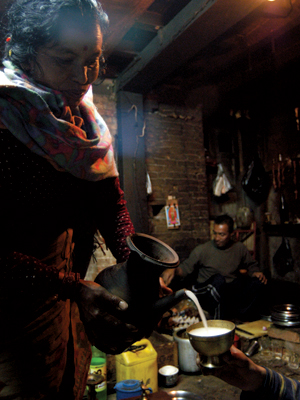 Nepalis are avid home brewers and distillers but consumption of alcohol may either be a very sacred or a profane act, depending on the context. The religious, ceremonial and convivial use of alcohol, drinks and natural drugs demonstrates their socio-cultural significance for the people and can tell us about their culture and society. For instance, the Sherpas use plenty of fermented drinks and their life is closely associated with chhyang. The brew is needed in every phase of their life. Similarly, in the Newari society, drinking comes quite naturally. It is socially as well as ritually indispensable. There are at least three to four varieties, and the liquor is brewed at home unlike some other caste groups among whom the consideration of caste, prevents them from preparing and consuming liquor at home. In modern times, the adverse effect of drink is, however, acknowledged and people do discourage their children from indulging, except on ceremonial occasions when it becomes a necessity.
Nepalis are avid home brewers and distillers but consumption of alcohol may either be a very sacred or a profane act, depending on the context. The religious, ceremonial and convivial use of alcohol, drinks and natural drugs demonstrates their socio-cultural significance for the people and can tell us about their culture and society. For instance, the Sherpas use plenty of fermented drinks and their life is closely associated with chhyang. The brew is needed in every phase of their life. Similarly, in the Newari society, drinking comes quite naturally. It is socially as well as ritually indispensable. There are at least three to four varieties, and the liquor is brewed at home unlike some other caste groups among whom the consideration of caste, prevents them from preparing and consuming liquor at home. In modern times, the adverse effect of drink is, however, acknowledged and people do discourage their children from indulging, except on ceremonial occasions when it becomes a necessity.
Chhyang/ Thon:
Chhyang is the generic term for any beer made from rice or other grains, typically fermented in barrels while cloudy unfiltered Chhyang is called jaarnd. It is believed that Chhyang was once unknown to both the Tibetans and Sherpas. It is said that a Chinese
princess, who got married to a certain king in around the seventh century A.D. brought a brew now known as chhyang with her to Tibet as part of her dowry, and so it was taken as a means to share hospitality.
According to hearsay, chhyang was first used by Guru Padmasambhava. After him the Tibetans made it their practise to use it as an offering to Guru Padmasambhava or Guru Rimpoche.
Another Sherpa legend speaks of a time when the Tibetans were engaged in building the Sammya Monastery. As they were unable to complete it, they were constantly being harassed and Padmasambhava came to their rescue. He saved them from harassment by sprinkling drops of chhyang towards the uncompleted monastery as an offering and gave the people chhyang as Prasad (offering). Only then were the people able to complete the building. Thereafter, the people of Tibet started to drink chhyang as a blessing from God.
Called Thon, pronounced tho (with a very strong 'n' sound at the end) in Newari and Chhyang in the Sherpa language, it's a milky, refreshingly sweet alcoholic drink made by fermentation of rice. This is a special drink used by Newar communities during festivals, social events, and family celebrations. Jyapus (Newari farmers) prepare it during the rice planting and harvesting time. Rice planting and harvesting both are tedious tasks and require much team work. Each member of the farmer's family gets involved with little or no labour charge and the host provides an excellent lunch with good quality Thon. It is a common sight to see the rice planters or harvesters drinking Thon during breaks from work in the field.
Sherpas need chhyang in every phase of their life, even in sacramental rites and rituals. Their cultural as well as natural surroundings provide them ample opportunities to access common alcohol, which keeps them warm and their spirits high. There is a saying among the Sherpas: "if there is chhyang, everything is there and without it there is nothing". The Sherpas drink alcohol up to an altitude of 19,000 ft. Chhyang in Sherpa society has many cultural names and ceremonial uses.
The taste of Thon or Chhyang depends upon the duration of fermentation. The drink made from rice that has been fermented for 4-5 days is of the best quality and has a sweet taste. If the rice is left to ferment for more than 5 days, the drink tastes bitter.
The Making of Thon in Traditional Newari Style:
The ingredients required to make Thon are 4kg (one pathi) rice and 1 cake Mannapu (fermenting bacteria) crushed.
Step1. The rice is soaked for 3 -4 hours. Then following the traditional way, the soaked rice is steamed in a Haanshi, an earthen pot with holes at the bottom. The Haanshi is then put on top of a Phoshi, a copper pot in which water is boiled and covered. The gap between the Haanshi and Phoshi is sealed with strips of wet cotton cloth to stop steam from escaping. The rice is then steamed for 15 minutes and is referred to as Haaja. The half cooked rice is taken out and rinsed with cold water. The rice is steamed for another 15-20 minutes unless it is cooked with each grain separated.
Step 2, the steamed rice or Haaja is spread to cool and crushed Mannapu is added and mixed thoroughly.
Step 3, Haaja is then packed in a container. You can drop a piece of charcoal on top and cover if you want. It is believed that by doing so, it will ward off evil eyes. The container is then wrapped with a blanket to maintain its constant room temperature. Fermentation will start within 24 hours giving off a sweet smell. In four days, the Haaja becomes soft, juicy and makes percolating sounds. This stage is called Pokka which means sweet in taste.
Step 4, The blanket is unwrapped and the container uncovered for cooling. The contents are then transferred to a bigger container and 8 litres of water added. At this stage, it must not be stirred. The cover is then put in place and left for at least 6 hours and by that time the clear liquid becomes milky and percolating. The product is strained, and the result is a sweetish and most refreshing beer one could imagine. This is Nepali beer, Thon.
Now what to do with the remains? Simple; add water again and collect Thon after 6 - 7 hours. It tastes a bit sour at this time. After collection of the beer, you get Kahh (solid fermented rice). In some Newar communities, Kahh is cooked with onions, spices and fried pieces of goat's intestine and is said to be tasty. It is usually favoured by female members of the family. This dish is called Kahh Keyn.
The Making of Chhyang in Traditional Sherpa Style:
While brewing the chhyang in the first stage, the grain is kept in a fungsir (copper vessel) and boiled. During the boiling process, visitors are not welcome, because, according to their belief, an evil eye might contaminate the whole concoction. After boiling, the grain is spread over a sorang (kind of cane) to dry. A small piece of the yeast, phapp, is mixed with the grain and a piece of metak (burning charcoal) is also kept. Some people use marchi-simu (chilli-flour) instead of metak. If it is not done, they fear the evil spirit might ruin everything. Secrecy is maintained to keep it unspoiled. After drying, the grain is put into a rongz yung (a basket made of bamboo) and is covered with bulu (rhododendron springs). The whole contraption is then covered with chhera (radi- thick blanket) for fermentation and kept for three to four days until a peculiar smell comes from the grain. This fermented grain is known as lum or altok. Lum is then kept in a dom or dojyung (a kind of big wooden vat) and the mouth is sealed to make it airtight. It is then passed with a grinding stone. This is done to keep the lum from spoiling. In this way the lum can be kept for about six to seven months. During this time the lum becomes quite strong. After 7 to 8 days the making of chhyang starts. The lum is put in a chhapani (a cane basket) which in turn is kept in a sotum (a kind of filtration system) and the lum is then soaked in warm water and rubbed between the palms. The liquid which comes out is known as chhyang.
Aeylaa/ Raksi:
Nepali alcoholic drink- Aeylaa, the most popular alcoholic drink in the Newar community is a distilled version of chhyang and bears a heady resemblance to tequila. Called Aeylaa in Newari and Raksi in Nepali term, it's a strong Nepali drink, prepared by distillation of a mixture of fermented rice, millet or fruit. Aeylaa is an essential drink in many different occasions and has religious and cultural significance in the Newari society. Due to its high concentration of alcohol, it is served in a tiny container called Kholchhaa made of brass. It leaves a burning sensation on the throat while one drinks it. During festivals and special occasions, Aeylaa is served in a thin disposable earthen ware called Salinchha.
Quality Aeylaa will burn completely with a bluish flame. It is also used as a remedy for indigestion, cough and cold, and a little aeylaa can be rubbed on sore knees or the back and chest to relieve pain.
The Making of Aeylaa:
You will require 2kg wheat, soaked in water, 4kg rice, soaked in water, steamed and cooled, 2kg Manna (moulded, flattened wheat i.e. a fermenting agent), 2g Cheura (beaten rice), 1kg unprocessed cane sugar and 10 litres of water.
For steps 1 to 3, refer to the 'making of thon'.
Step 4, Transfer Pokka into a Teypa or a big bucket, add beaten rice, manna, unprocessed cane sugar and 10 litres of water. Stir it thoroughly, cover and leave it for a week. Then stir the mixture once everyday until the mixture is fermented completely. It is believed that the mixture becomes crystal clear and you can see your reflection in it when the fermentation is complete. This process takes about one and a half months. This stage of fermented mixture is called Kahh. Now, it is ready for distillation.
Step 5, Put the Kahh in the phoshi about 3" deep and put the Haanshi on the top. Lower the Dubli (whiskey collector) inside the Haanshi and fix it in the middle so that it will collect the condensed Aeylaa dripping from the pointed bottom of the Bata (a copper pot with conical bottom) which is placed at the top of the Haanshi. Now, put cold water on the Bata so that condensation takes place. The steam from the fermented mixture will turn into liquor and collect in the Dubli. Replace the warm water with cold water in the Bata as it starts to heat up. Changing the water four times, gives you a strong good quality Aeylaa.
Quality and Quantity depends upon how many times cold water has been changed. If the cold water in the Bata is changed more than four times, you will get a lower concentration of Aeylaa, but more quantity.
Tongba:
Harder to find, but perhaps the most pleasant drink of all, is a 'brew-it-yourself' high-land concoction called tongba. The ingredients are a jug of fermented millet and a flask of hot water: This must be the only alcoholic beverage that is not sipped but sucked in through a straw. The straw is traditionally made of a bamboo pipe with a slit at the bottom end to let in the brew, but not the millet. Plastic tubes are also in use and the latest is an aluminium one. Pour the water in, let is steep, and suck the mildly alcoholic brew through the straw. When the first fill is consumed, refill with hot water. This can be repeated four or five times. Two tongbas can easily give one the kick for an entire evening. Usually the third round is the strongest as the millet gets totally soaked.
The vessel for drinking tongba is traditionally made of wood. But over the years, bamboo has also been used and modernization has brought in the use of plastic mugs. Very recently, people have been mass producing tongba vessels made of aluminium. They are quite often seen in
restaurants and can be bought in the bazaar.
Winter's here and of course everybody is in the mood for a drink or two. How about some exotic Nepali beverages instead of heading to the bars?
Chhe, Chee !
(Offering ritually made to the deities in Sherpa tongue before drinking chhyang)


